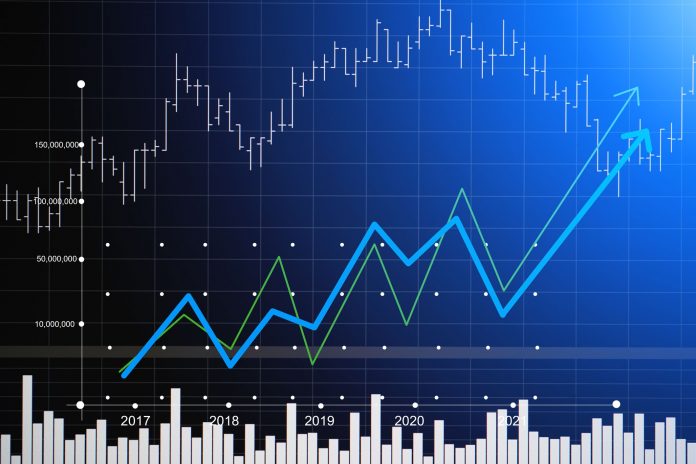Value investment has gained wide acceptance, thanks to the contribution of Benjamin Graham, popularly called the father of value investing, and Warren Buffet, CEO of Berkshire Hathaway.
There are two fundamental approaches to stock investment: growth investment and value investment. Growth stocks are characterized by a higher price than the broader market. Investors buy highly-priced stocks to sell those at an even higher price. But not everything goes smooth always. This approach is highly volatile and thus comes with huge risks. The lofty price can fall sharply on any negatives news about the company, leading to a loss for the growth stock investors. Value stocks are described to be shares that have a lower price than the broader market price. The intention behind buying such shares is the belief that price will bounce back once investors realize the true value of the company. Thus here larger importance is given to the company’s image and performance, rather than considering the market price in silos. In terms of risk dimension, value stocks minimize risks than the broad market.
The concept of margin of safety: Based on risk tolerance, value investors keep a margin of safety. Investors define the intrinsic value of a stock by referring to the financial history, revenues, and cash flows of the company over the years. The capacity of the company’s stock is also studied. The principle of margin of safety attempts to reveal the purchase behavior of value investors, where they buy securities that have significantly lower intrinsic value. Investors buy the stocks when their prices are lower than a particular limit. The difference between the intrinsic value and the low market price is the stock’s margin of safety. Investors set a margin of safety according to their risk preferences. Such a preset margin of safety helps in minimizing downside risk, which indicates the potential loss in value if the market price of the share further declines leading to a loss. Benjamin Graham, the pioneer in this field of value investing, purchased stocks only when the prices were 2/3rd of their intrinsic value.
Statistics show that during 2010-2019, growth funds superseded value funds. However, during 2000-2009, value funds were performing better than growth funds. Low global GDP growth and low inflation from 2010 to 2019 and high global GDP during the years 2000-2009 may be the reasons for the trend.
During the initial stages of the pandemic, in early 2020, when the market collapsed, value fund investors had a good time buying a high-quality stock at a discounted price. This was accompanied by generating risk-adjusted returns when the market began to show signs of recovery.
In short, value investing has gained huge followers due to the minimum risk and potential capital gains associated with it.
Follow and connect with us on Facebook, LinkedIn & Twitter

